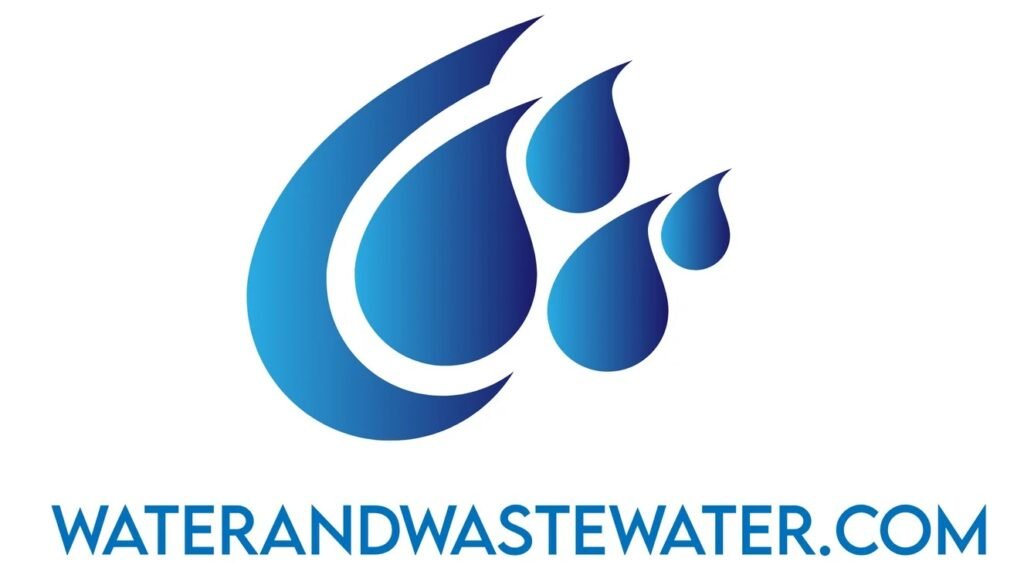Metal Plating PFAS Treatment
Metal Plating PFAS Treatment: Addressing the Challenge of Per- and Polyfluoroalkyl Substances in Industrial Processes
Introduction
As industrial processes evolve, so too do the complexities tied to environmental management, particularly regarding hazardous substances. One of the most pressing challenges in metal plating and finishing sectors is the presence of per- and polyfluoroalkyl substances (PFAS), commonly referred to as “forever chemicals.” With mounting regulatory scrutiny and public awareness about PFAS’s detrimental health and environmental impacts, it is imperative for industries to adopt effective PFAS treatment technologies. Understanding the nuances of metal plating PFAS treatment is no longer optional; it is essential for compliance and sustainability.
Understanding the Context of PFAS in Metal Plating Operations
The Role of PFAS in Metal Plating
PFAS have historically played a significant role in various industrial applications, including metal plating, due to their unique properties such as chemical resistance, hydrophobicity, and low surface tension. They are often utilized in:
- Surface Finishing: PFAS-based surfactants enhance the coating and finishing of metal surfaces.
- Corrosion Resistance: They provide long-lasting protection against oxidation and corrosion in metal components.
Health and Environmental Concerns
Concern over PFAS stems from their persistence in the environment and potential adverse health effects. Studies have linked certain PFAS compounds to various health issues, including:
- Hormonal disruptions
- Liver damage
- Increased risk of certain cancers
Research data indicates that a considerable portion of industrial discharges, including those from metal plating operations, contributes to PFAS contamination in groundwater and surface waters. An industry analysis from late 2024 revealed that nearly 30% of PFAS contamination in some watersheds was attributable to industrial sources, emphasizing the urgent need for effective treatment solutions.
Regulatory Landscape
The regulatory framework surrounding PFAS has taken a significant turn in 2025. The U.S. Environmental Protection Agency (EPA) has issued stringent guidelines aimed at reducing PFAS discharge into waterways, with a looming requirement for facilities to implement robust treatment systems. These include setting maximum contaminant levels (MCLs) for key PFAS compounds and mandating monitoring protocols for discharges.
Metal Plating PFAS Treatment Systems: Approaches and Technologies
A. Types of PFAS Treatment Strategies
Effective PFAS treatment strategies for metal plating operations utilize various methodologies, which can be broadly categorized into the following:
-
Physical Removal Techniques
- Granular Activated Carbon (GAC): Widely used for its adsorptive properties, GAC filters can capture PFAS compounds from wastewater. However, they require regular replacement and monitoring for saturation.
- Ion Exchange Resins: These specialized resins are designed to selectively remove PFAS from water. A study from 2024 showed that ion exchange achieved over 90% reduction in short-chain PFAS concentrations.
-
Chemical Treatment Methods
- Oxidation: Advanced oxidation processes (AOPs), utilizing reagents like ozone or hydrogen peroxide, can effectively degrade PFAS compounds into less harmful substances. A recent study highlighted that an AOP pilot project resulted in over 80% degradation of targeted PFAS within hours.
- Electrochemical Treatment: This innovative approach uses electrical currents to break down PFAS molecules. While still in developmental stages, it shows promise for onsite real-time treatment.
- Bioremediation
- Limited studies suggest that certain microorganisms can degrade PFAS under specific conditions. However, scalability remains a challenge, and research is ongoing to determine its viability for industrial applications.
B. Modular Treatment Systems
Emerging trends point towards the adoption of modular treatment systems in industrial setups, allowing for tailored approaches to PFAS management:
- Scalability: Modular systems can grow with the facility’s output, making them an agile solution for varying production levels.
- Customizability: Different modules can cater to specific PFAS profiles, enhancing treatment efficiencies.
C. Cost Implications
Administrative analyses have shown that while upfront costs for advanced treatment technologies can be significant, they are often offset by long-term savings from compliance, reduced health risks, and improved public perception. A 2024 report indicated that industries adopting robust PFAS treatment solutions saw operational cost reductions of up to 25% over five years due to minimized regulatory fines and litigation costs.
Case Studies on Effective PFAS Treatment Implementation
Case Study 1: A Global Automotive Supplier
An automotive supplier faced increasing regulatory pressure due to PFAS contamination in its metal plating process. After an extensive evaluation, they selected a modular approach combining GAC and ion exchange systems. Within a year, they reported an 85% reduction in PFAS levels in their effluents, achieving compliance with new EPA guidelines.
Case Study 2: Aerospace Components Manufacturer
An aerospace manufacturer turned to advanced oxidation processes after continual detection of PFAS in their wastewater. Implementing an AOP system allowed them to reach treatment rates of over 95% for certain PFAS compounds, setting a new standard within the industry. Their investment not only ensured compliance but also enhanced their brand reputation among consumers and regulatory bodies.
Best Practices for Facility Managers
In managing PFAS treatment solutions, facility managers should consider the following:
- Continuous Monitoring: Establish a robust monitoring system for both influent and effluent to ensure compliance and identify treatment system efficiency.
- Staff Training: Regular training for personnel on the implications of PFAS, treatment technologies, and regulatory changes will be crucial for operational success.
- First-Person Account: Collaborate with environmental engineers and treatment specialists to develop an integrated treatment strategy.
Conclusion
PFAS treatment in metal plating processes represents one of the foremost environmental challenges for industries in 2025. As the regulatory landscape becomes increasingly stringent, proactive measures will define successful compliance and sustainable operational practices. By adopting innovative treatment technologies and strategies, facilities can not only meet compliance requirements but also work towards safeguarding public health and the environment. The journey towards effective metal plating PFAS treatment is ongoing, and collaboration between engineers, regulatory bodies, and industries will be key to developing and implementing successful solutions.
Embracing these changes now will pave the way for a sustainable, responsible future in metal plating operations.


